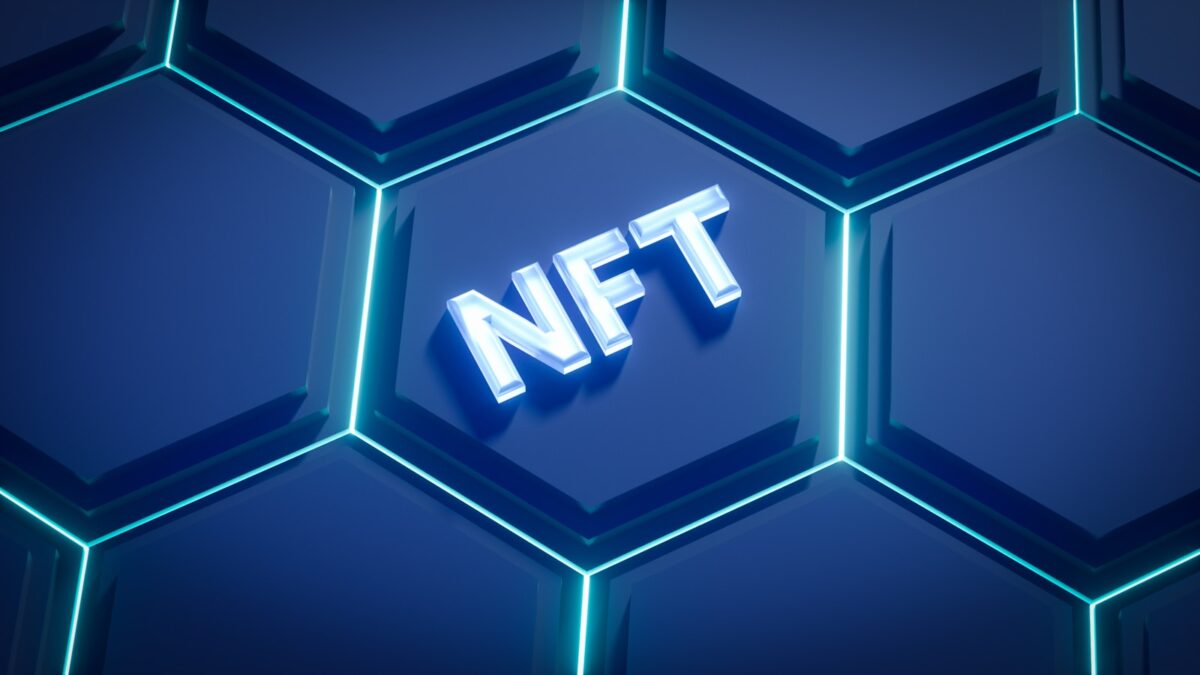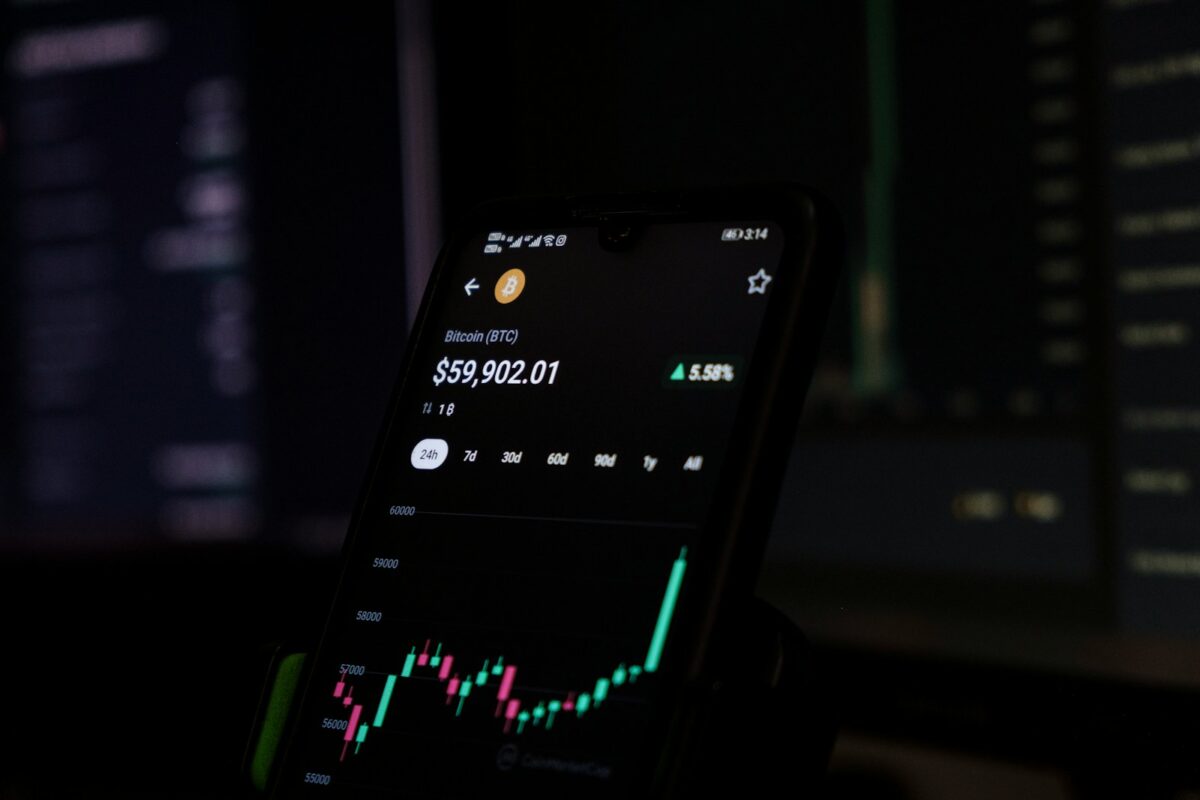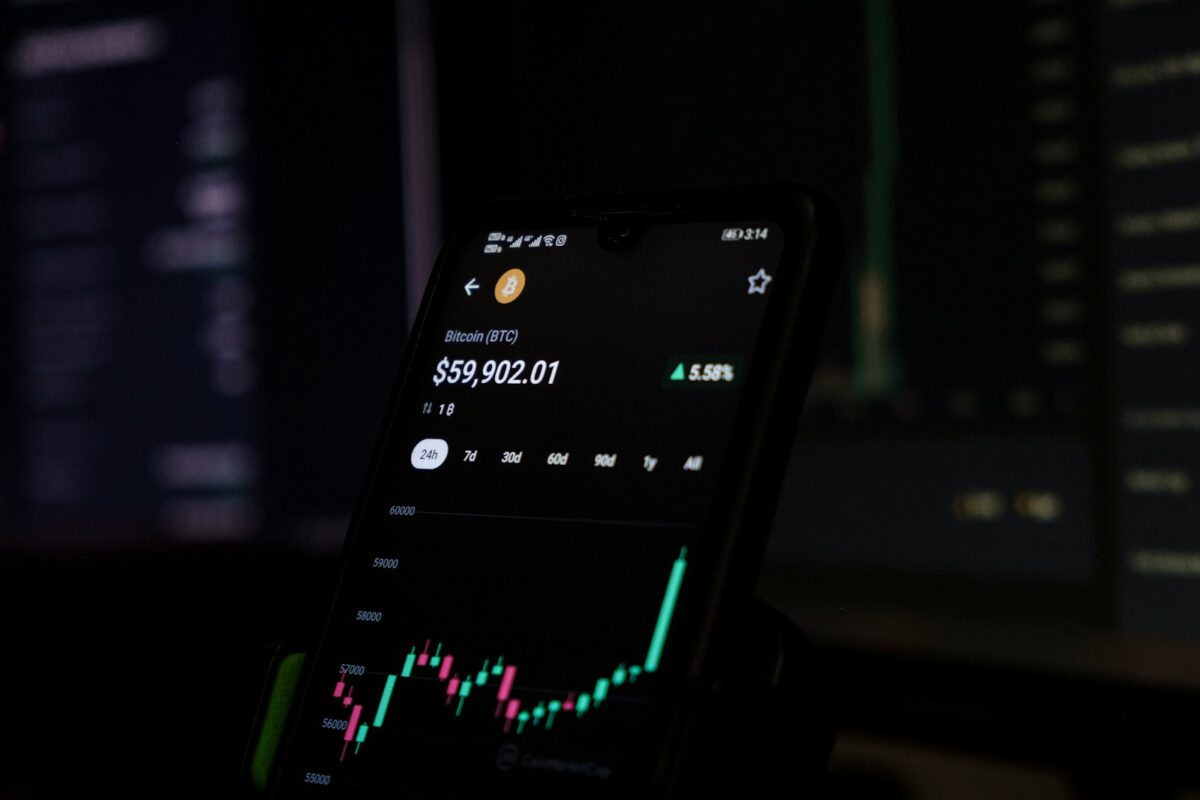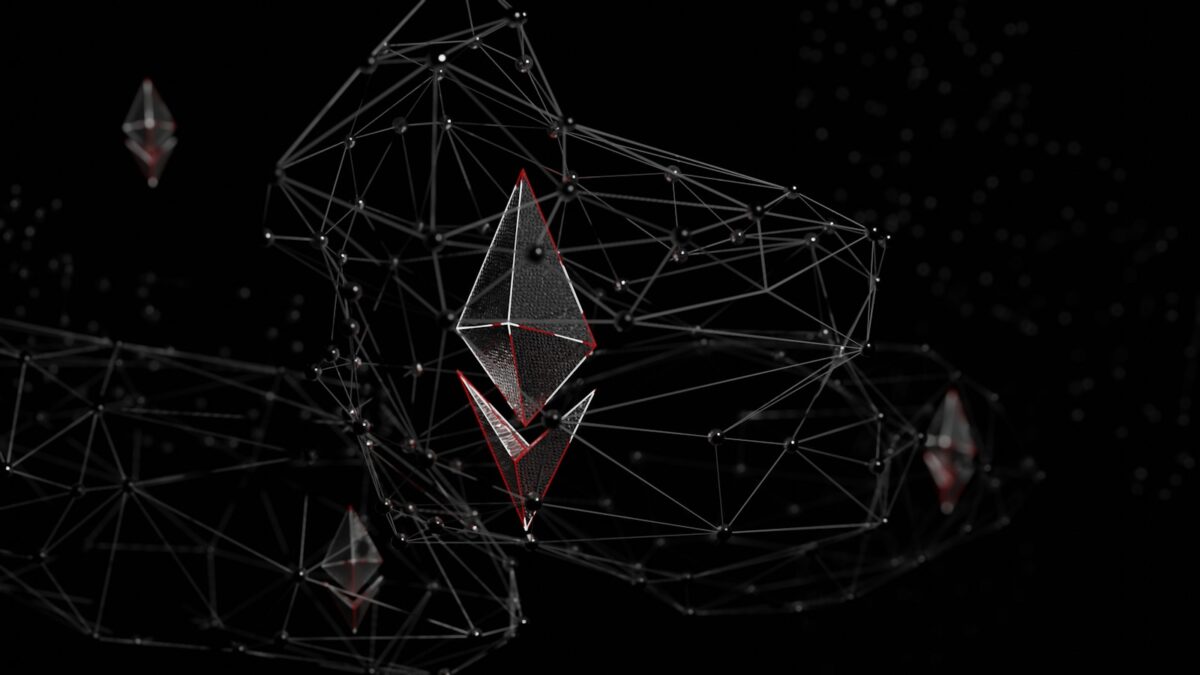
Cryptocurrency community governance

Decentralized organizations achieve effective control by enabling participants to submit and evaluate proposals that directly influence platform evolution. Transparent voting mechanisms ensure that every stakeholder’s voice contributes to collective outcomes, reinforcing a truly democratic process.
The architecture of an autonomous DAO relies on distributed authority rather than centralized leadership, distributing power through coded rules and consensus-driven participation. This structure demands rigorous design of governance frameworks to balance flexibility with security, preventing dominance by any single actor.
Encouraging active involvement requires clear guidelines for proposal submission, including thresholds for discussion and voting periods. Experimentation with weighted voting and reputation systems can refine decision quality while maintaining broad inclusivity. Such methodologies invite continuous inquiry into optimizing decentralized control without sacrificing efficiency or fairness.
Cryptocurrency Community Governance
Effective management within decentralized networks demands democratic frameworks where stakeholders exercise control through transparent voting mechanisms. Autonomous organizations, often structured as DAOs (Decentralized Autonomous Organizations), enable participants to submit and evaluate proposals that influence project direction without relying on centralized authority.
Implementing governance models based on distributed consensus ensures resilience by preventing single points of failure. Voting power is typically allocated according to token holdings or reputation systems, creating incentives for informed decision-making and aligning interests across the ecosystem.
Key Mechanisms of Decentralized Decision-Making
A DAO functions as a programmable entity coded on a blockchain, executing decisions automatically once predefined voting thresholds are met. This model fosters inclusivity by allowing anyone with stake in the network to contribute proposals or cast votes, thereby expanding the scope of participation beyond traditional hierarchical structures.
For instance, platforms like Aragon and DAOstack provide modular toolsets enabling projects to customize their organizational governance rules while preserving transparency and auditability. These tools support processes such as quorum requirements, vote delegation, and proposal lifecycle management – all critical components to maintaining robust collective control.
The technical challenge lies in balancing decentralization with efficiency. On-chain voting guarantees immutability but may suffer from latency and costs associated with blockchain transactions. Hybrid approaches incorporate off-chain signaling combined with on-chain execution, enhancing scalability without sacrificing trustlessness.
The architecture of such organizations invites experimentation with various consensus algorithms–ranging from Proof-of-Stake influenced voting weights to quadratic voting designed to mitigate plutocracy risks. Each configuration impacts how power is distributed and how minority voices can influence outcomes.
This ongoing exploration highlights the importance of transparent metrics and verifiable records that empower participants to critically assess governance dynamics. By engaging directly with these systems through proposal creation and active voting, individuals gain firsthand insight into autonomous coordination methods shaping decentralized ecosystems today.
Voting Mechanisms Explained
Effective decision-making within a decentralized autonomous organization (DAO) depends on transparent and equitable voting systems that distribute control among participants. Voting is the fundamental process enabling stakeholders to influence protocol upgrades, resource allocation, and strategic direction. By employing democratic mechanisms, DAOs transform individual preferences into collective outcomes, ensuring that every member’s voice contributes proportionally to the organization’s evolution.
The architecture of voting protocols directly impacts the balance between inclusivity and efficiency. Various models exist–from simple majority votes to quadratic voting–each with distinct implications for power dynamics and representation. Understanding these mechanisms allows stakeholders to design systems that optimize fairness while preventing concentration of influence by dominant actors.
Core Voting Models in Autonomous Organizations
One prevalent method is token-weighted voting, where voting power corresponds to the number of tokens held by a participant. This approach aligns incentives by granting greater influence to those with more significant investments. However, it risks centralizing control if large holders dominate decisions. Conversely, one-person-one-vote schemes promote equality but face challenges verifying identity without compromising privacy.
Quadratic voting introduces an innovative compromise by making vote cost proportional to the square of votes cast. This system mitigates plutocratic tendencies by increasing marginal costs for additional votes, encouraging voters to express intensity of preference rather than sheer volume. Projects like Gitcoin have successfully implemented quadratic voting in funding rounds, demonstrating its capacity to surface nuanced community priorities.
- Delegated Voting: Participants delegate their voting rights to trusted representatives who vote on their behalf, enhancing scalability while maintaining democratic engagement.
- Conviction Voting: Votes gain weight over time as participants lock tokens in support of proposals, reflecting sustained commitment instead of transient approval.
The proposal lifecycle integrates seamlessly with these systems. Members submit ideas or changes through formalized proposals that undergo discussion before entering a voting phase. Transparent tracking and verifiable tallies strengthen legitimacy and trust throughout this process, reinforcing decentralized decision-making principles.
An experimental approach involves combining multiple mechanisms within hybrid frameworks tailored for specific organizational needs. For example, some DAOs use token-weighted votes for financial decisions but adopt conviction voting for long-term strategic initiatives. This layering enhances robustness and adaptability across diverse scenarios.
The continuous refinement of these methodologies invites further empirical investigation: How do varying quorum thresholds affect participation rates? What safeguards prevent vote buying or collusion? Engaging with such questions deepens understanding and advances the design of equitable autonomous entities capable of self-regulation and sustainable growth.
Token Holder Decision Rights
Token holders exercise control over decentralized organizations by casting votes on proposals that shape the operational and strategic directions of these autonomous entities. This democratic process ensures that decision-making authority is distributed proportionally according to token ownership, balancing influence and participation. The voting mechanisms implemented often include quorum requirements and weighted voting systems, which enhance legitimacy and prevent centralization of power within a limited subset of participants.
Proposals submitted for consideration typically cover upgrades, treasury allocations, protocol modifications, or changes in organizational policy. Technical implementations such as on-chain voting platforms provide transparency and immutability, allowing all stakeholders to verify results independently. Case studies from platforms like MakerDAO illustrate how token holders have successfully navigated complex governance decisions by leveraging multi-stage voting rounds combined with real-time feedback loops to refine proposals before execution.
The autonomy of these decentralized structures depends heavily on the integrity of their governance frameworks. Effective distribution of voting rights among token holders prevents single points of failure or control monopolies, thereby maintaining network resilience. Empirical data shows that organizations employing quadratic voting or conviction voting models can mitigate plutocratic dominance and encourage broader engagement from smaller stakeholders, contributing to more balanced outcomes.
Exploration into alternative decision rights frameworks reveals emerging techniques such as delegated voting and reputation-based influence systems, which offer scalability without sacrificing democratic principles. These hybrid approaches aim to optimize participation rates while preserving the foundational ethos of collective control inherent in decentralized setups. Continuous experimentation with governance parameters enables autonomous entities to adapt dynamically while safeguarding stakeholder interests through transparent and accountable processes.
Dispute Resolution Processes in Decentralized Autonomous Organizations
Implementing effective dispute resolution mechanisms is critical to maintaining control and order within autonomous organizations that rely on decentralized decision-making. The intrinsic democratic structure of DAOs necessitates transparent protocols that manage conflicts arising from conflicting proposals or differing stakeholder interests. A well-designed system typically combines automated smart contract execution with human arbitration layers, ensuring disputes are settled without undermining the distributed nature of authority.
Decentralized frameworks often utilize multi-tiered approaches for resolving disagreements, starting with informal negotiation phases followed by formal voting procedures governed by community tokens or stake-weighted influence. This model empowers members to participate directly in adjudicating issues, reinforcing collective responsibility while preventing centralization of control. For example, the DAOhaus platform integrates dispute modules where stakeholders submit evidence supporting their claims before a democratic vote determines outcomes.
Technical Foundations and Case Studies
The architecture behind these conflict management systems frequently involves cryptographic proof and immutable records on blockchain ledgers, providing undeniable audit trails for each stage of the resolution process. Aragon Court exemplifies this methodology by employing jurors selected through random sampling who evaluate cases based on submitted proposals and arguments, thus preserving fairness within decentralized structures. Such mechanisms harness game-theoretic incentives to encourage honest participation and penalize malicious behavior.
Another approach leverages off-chain governance frameworks combined with on-chain enforcement to expedite resolution times while maintaining transparency. Kleros utilizes a crowdsourced jury system where token holders act as arbitrators in disputes related to contractual terms or protocol changes. The integration of staking ensures economic alignment between jurors’ decisions and organizational stability, facilitating a self-regulating ecosystem resistant to manipulation.
Analyzing these models reveals essential design elements: first, decentralization must coexist with enforceable rules; second, proposal submission should include clear criteria for eligibility and evidence presentation; third, voting procedures need safeguards against collusion or vote buying. These components collectively uphold the integrity of autonomous organizations by balancing individual autonomy with collective oversight.
Future advancements may explore hybrid solutions combining artificial intelligence with human judgment to enhance dispute assessments dynamically. Experimental deployments involving reputation-based weighting systems could further refine how influence is distributed among participants during conflict resolution stages. Encouraging experimentation through modular governance protocols offers promising pathways for evolving dispute mechanisms aligned with emergent organizational complexities.
Conclusion on the Governance Proposal Lifecycle
Prioritizing transparent voting mechanisms within decentralized organizations strengthens democratic principles by distributing control across active participants. The proposal lifecycle serves as a critical framework ensuring that each suggestion undergoes rigorous scrutiny, facilitating autonomous decision-making free from centralized influence.
This structured process fosters an environment where stakeholders collaboratively evaluate and refine proposals, enhancing system robustness through iterative feedback loops. Examples like on-chain voting in DAO platforms demonstrate how technical implementations translate governance theory into practical, real-world applications.
Key Insights and Future Directions
- Democratic engagement: Systematic participation via weighted or quadratic voting models amplifies minority voices while preventing dominance by large holders, thus preserving equitable influence distribution.
- Proposal refinement: Multi-stage evaluations–from submission to discussion and final vote–enable thorough assessment of potential impacts, reducing risks associated with impulsive decisions.
- Autonomy and decentralization: Automated smart contracts enforce outcomes without intermediary intervention, reinforcing trustless operations and minimizing human error or manipulation.
- Community-driven evolution: Continuous iteration on governance protocols based on empirical data ensures adaptability to emerging challenges such as scalability, voter apathy, or security threats.
The trajectory of governance frameworks will likely integrate advanced cryptographic techniques like zero-knowledge proofs for privacy-preserving votes and cross-chain interoperability to harmonize dispersed organizational units. Experimenting with machine-assisted proposal evaluation could accelerate consensus formation while maintaining transparency.
A deeper understanding of behavioral economics combined with blockchain mechanics invites new experimental designs aimed at optimizing incentives for sustained participation. Encouraging readers to analyze live deployments and simulate alternative voting schemas offers pathways toward more resilient decentralized institutions capable of self-regulation beyond traditional hierarchical constraints.


